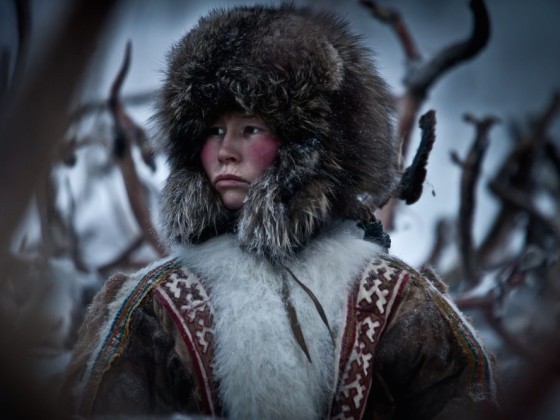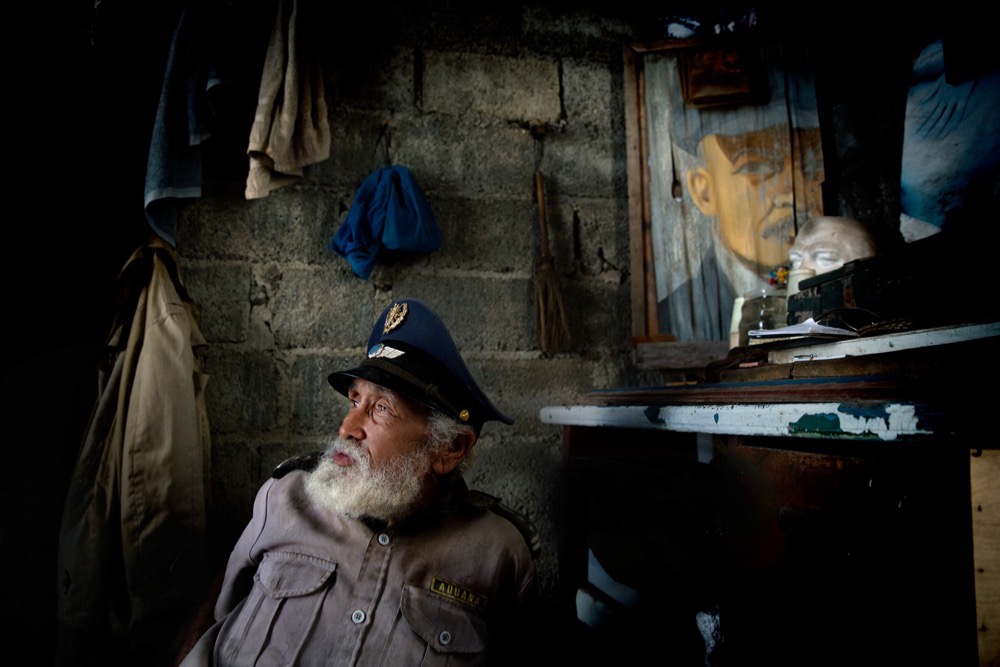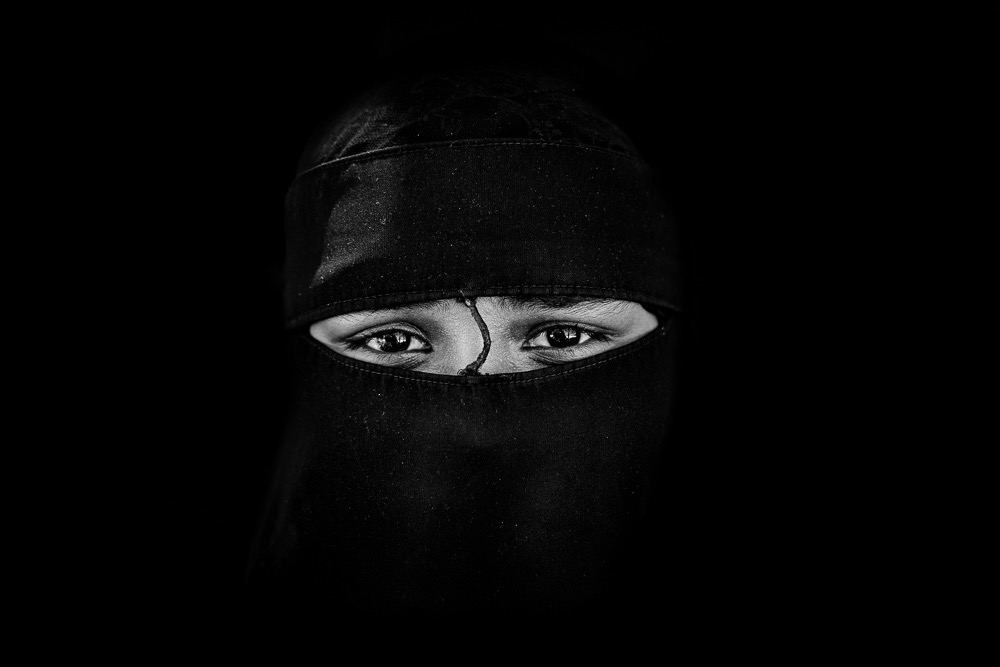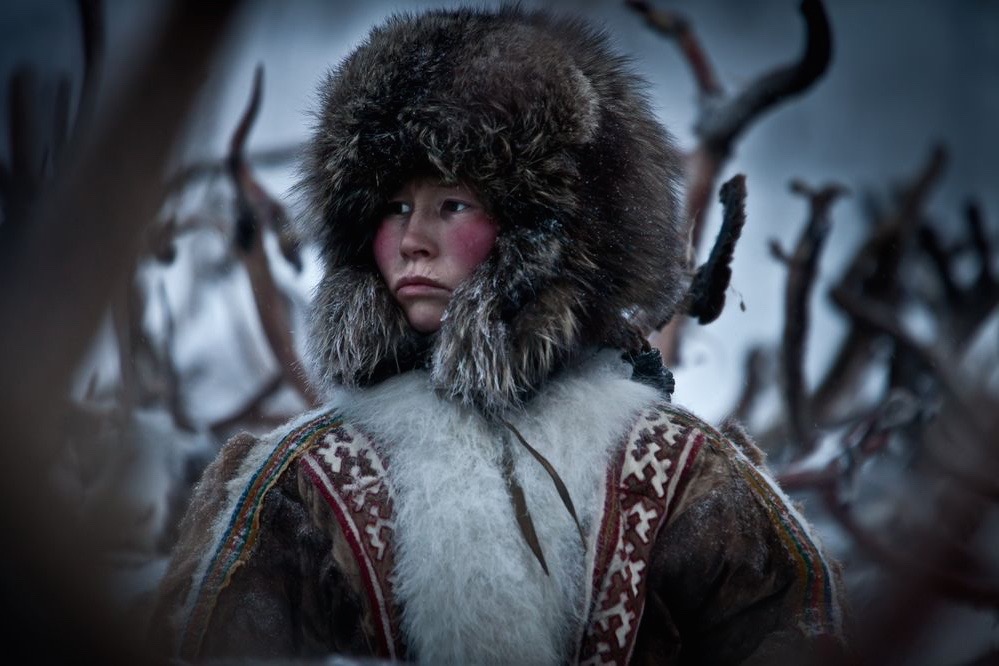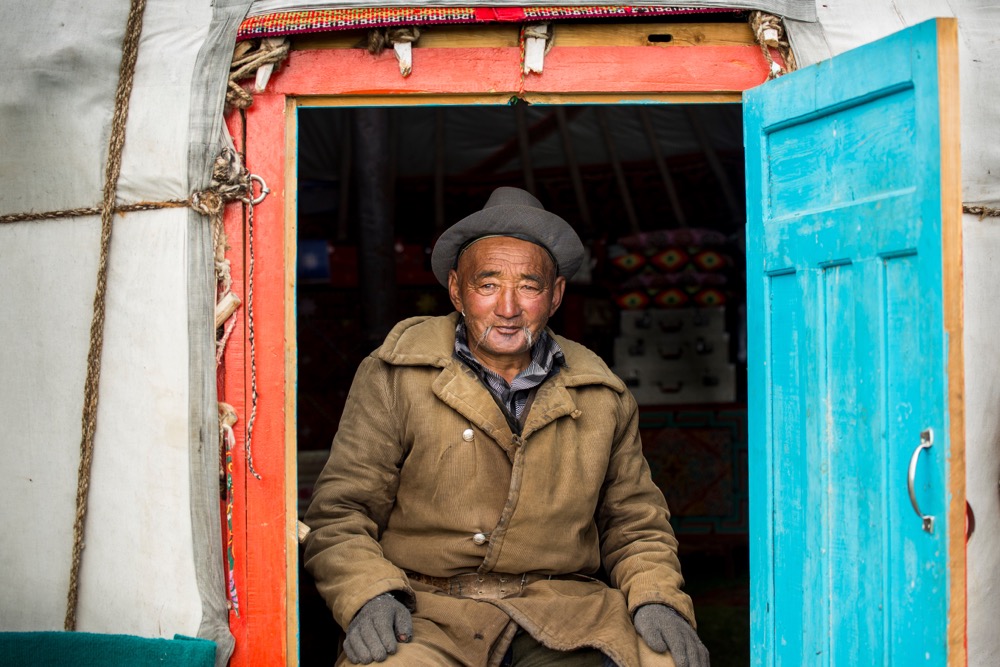At Atlas & Boots, we have photographed some incredible landscapes, from the crackling blue ice of Perito Moreno glacier to the mythical moai of Easter Island. What we’re less good at is photographing local people. This may be rooted in an article I once read which asked how we in the west would feel if someone stopped in the street to snap a picture of us or our children and then walked off without saying a word. Clearly, we would find this intrusive. And yet the field of portrait photography flourishes with sumptuous pictures of nomads and tribespeople gracing every issue of National Geographic and the like.
So — what’s the secret? How is it that some photographers seem to get under the skin of a community and come away with such stunning photos? We speak to a number of experts about photographing local people and present their advice below.
